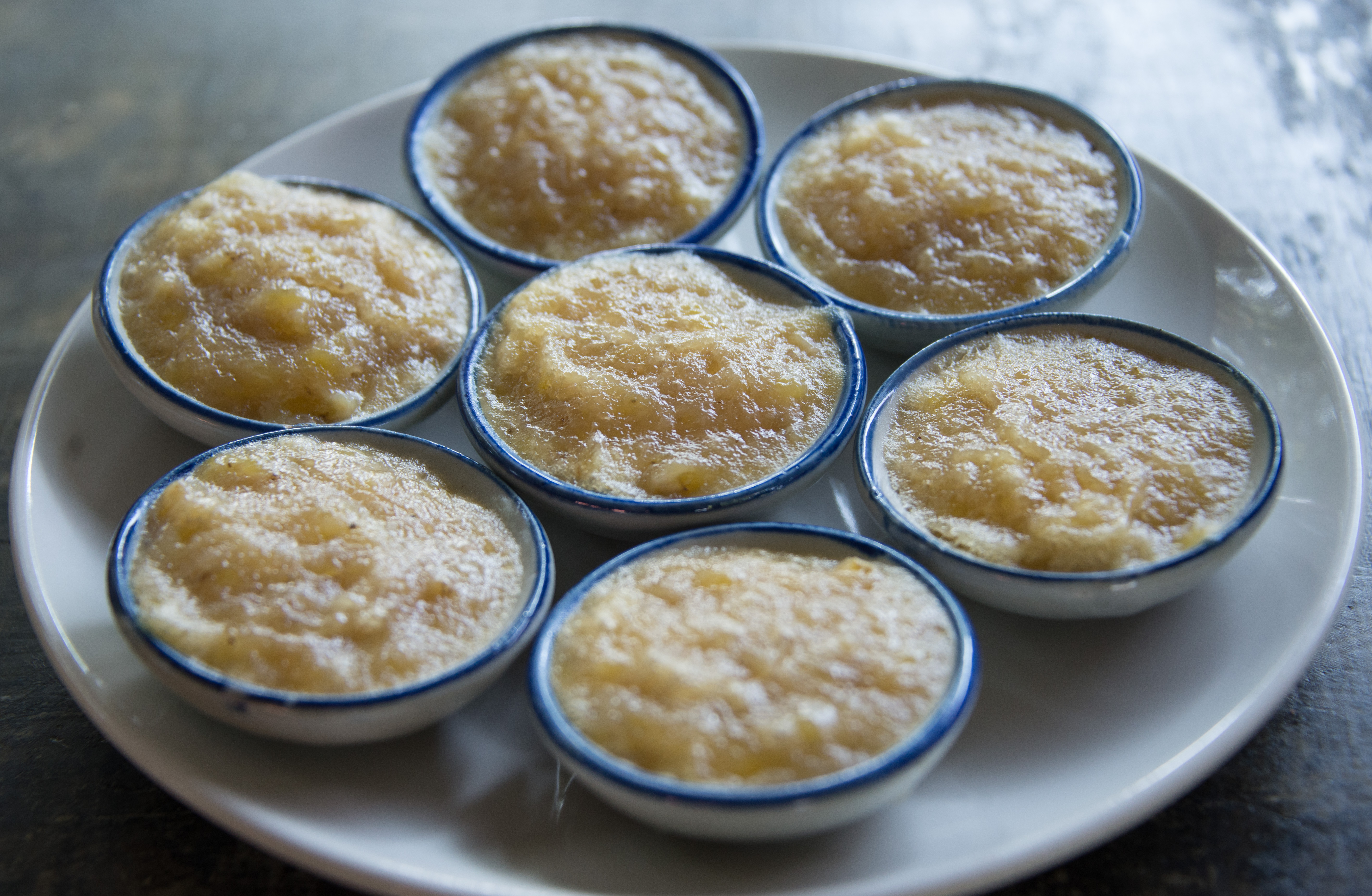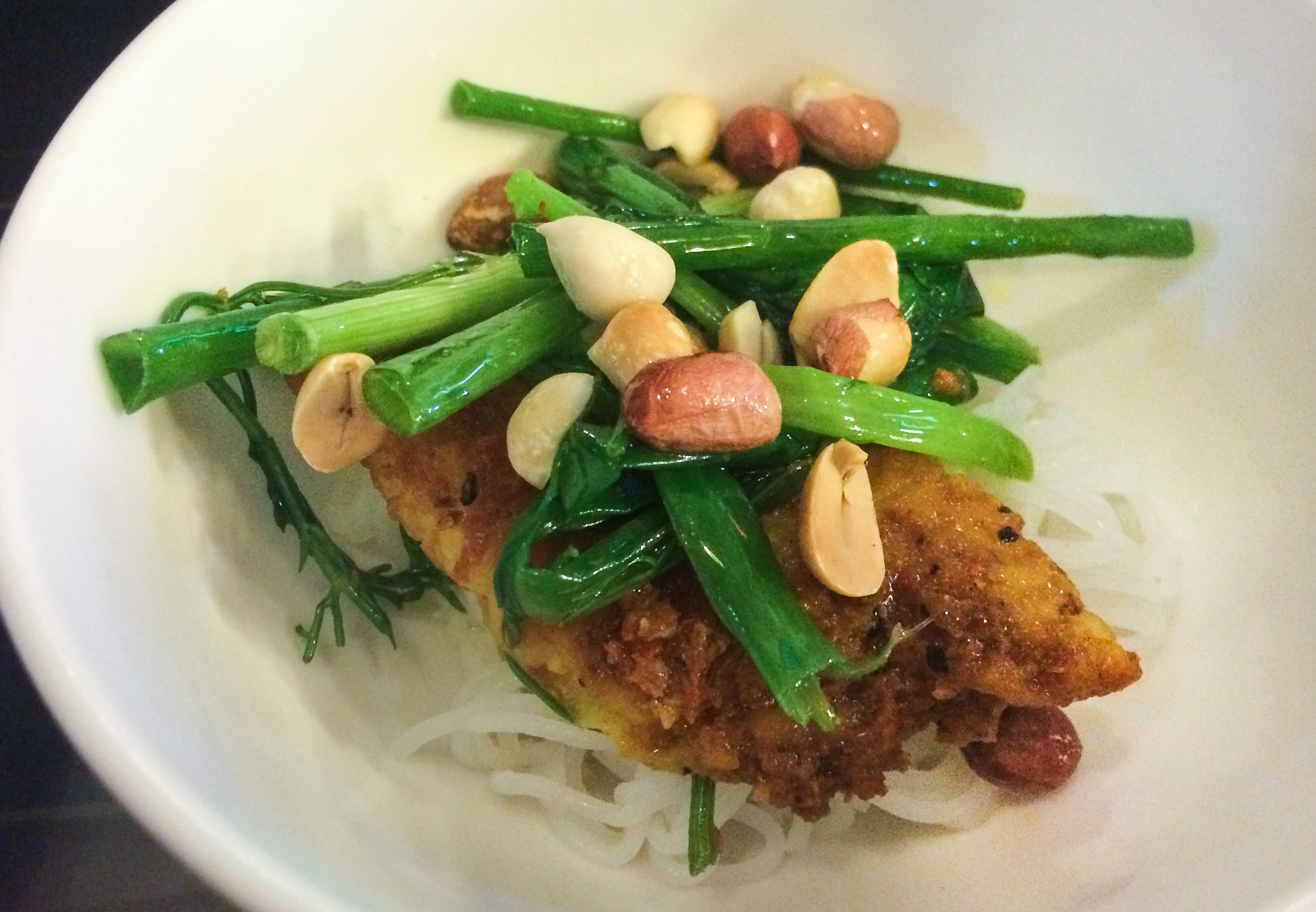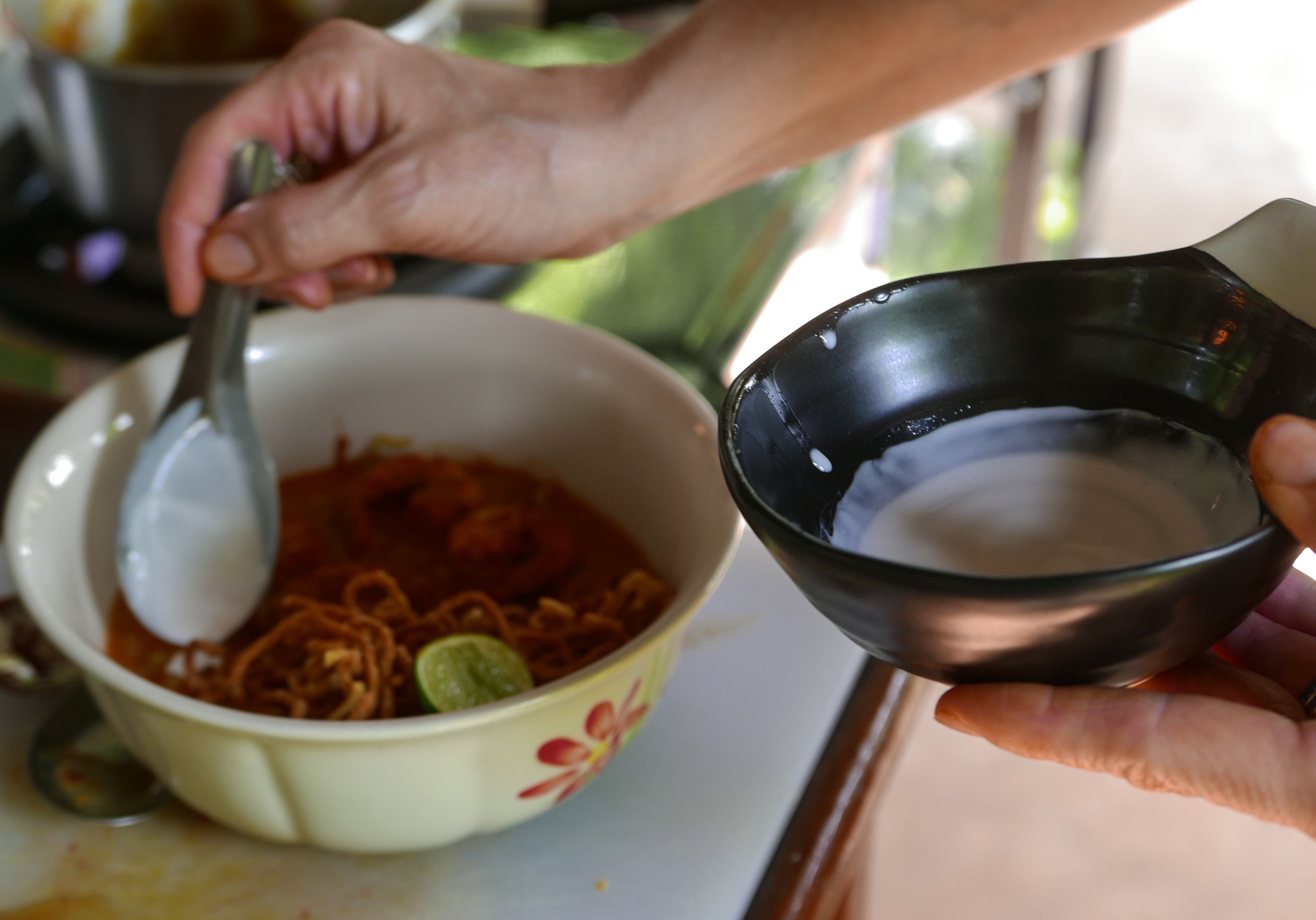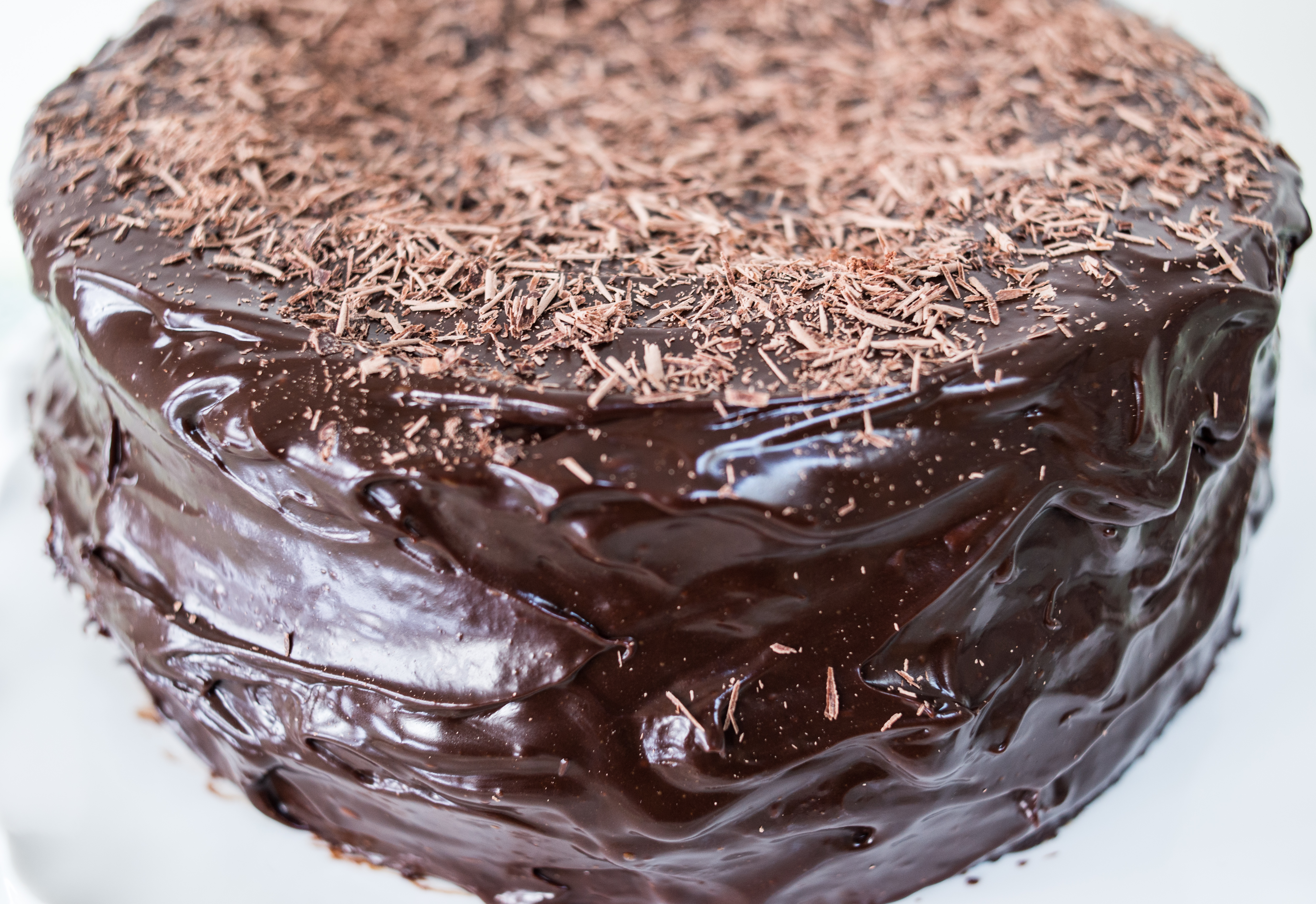Sweet Steamed Banana Cakes
Still enamored with the foods that I made and ate in Southeast Asia, I want to share another recipe from Thailand. This time it is a dessert featuring my favorite fruit, bananas. When I say “dessert,” you might imagine a thick slice of Red Eye Chocolate Cake, a bowl of velvety Pumpkin Ginger Trifle or plate of the elegant, jam-filled cookie hindbærsnitte. In the U.S. we tend to like our desserts bursting with flavor, textures, sugar and fat. However, in terms of dessert, Asia resembles the Mediterranean; both regions end their meals on a lighter note with fruit-based sweets. In Thailand you may cap off the night with pieces of fresh mango or jack fruit, poached custard apples or, as is the case in this post, steamed banana cakes. This dish is a straightforward as its name indicates. To make sweet steamed banana cakes, you mash together bananas, flour, sugar and coconut milk until a smooth batter forms. You then spoon the batter into small bowls, place the bowls in a steamer basket, cover and …




